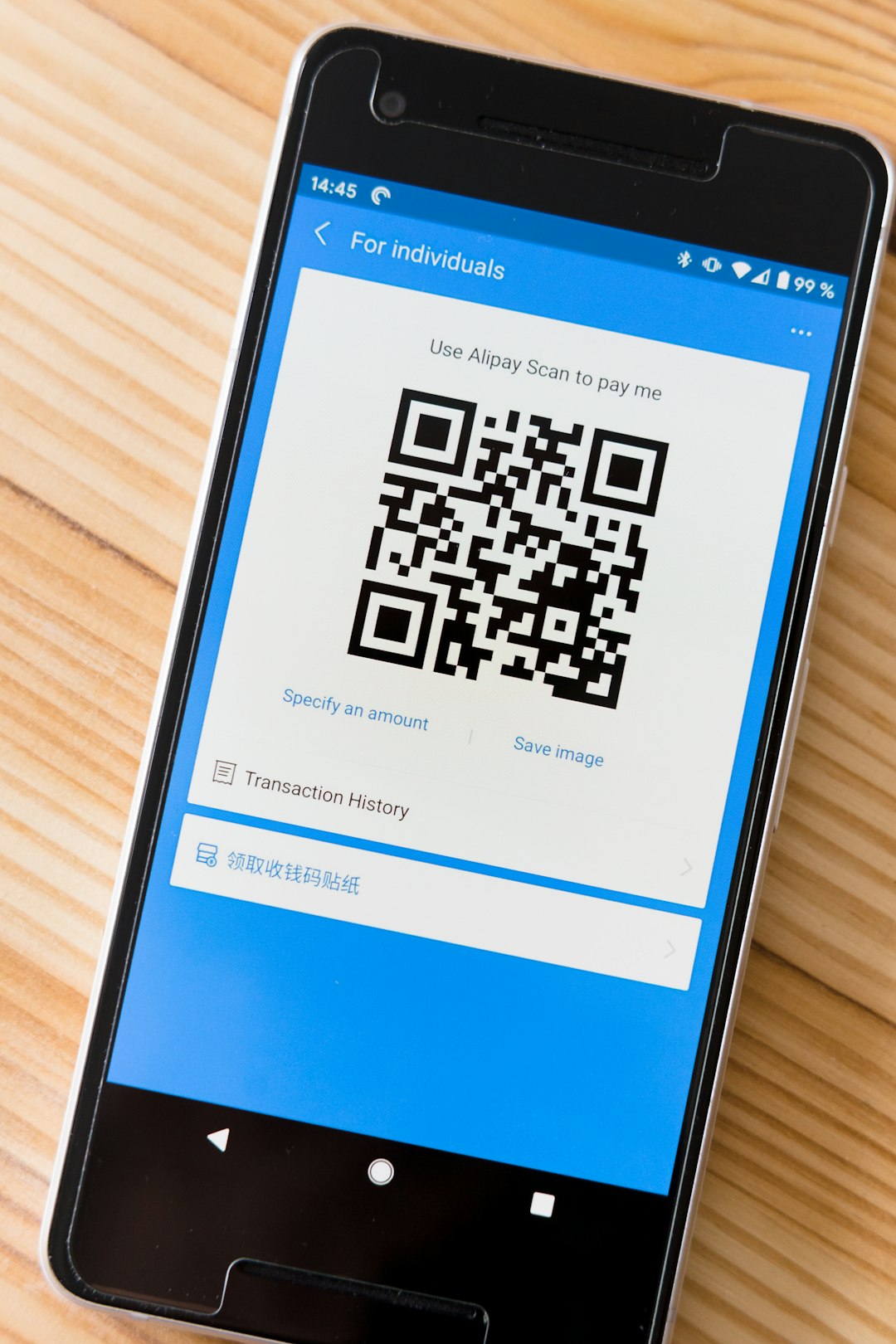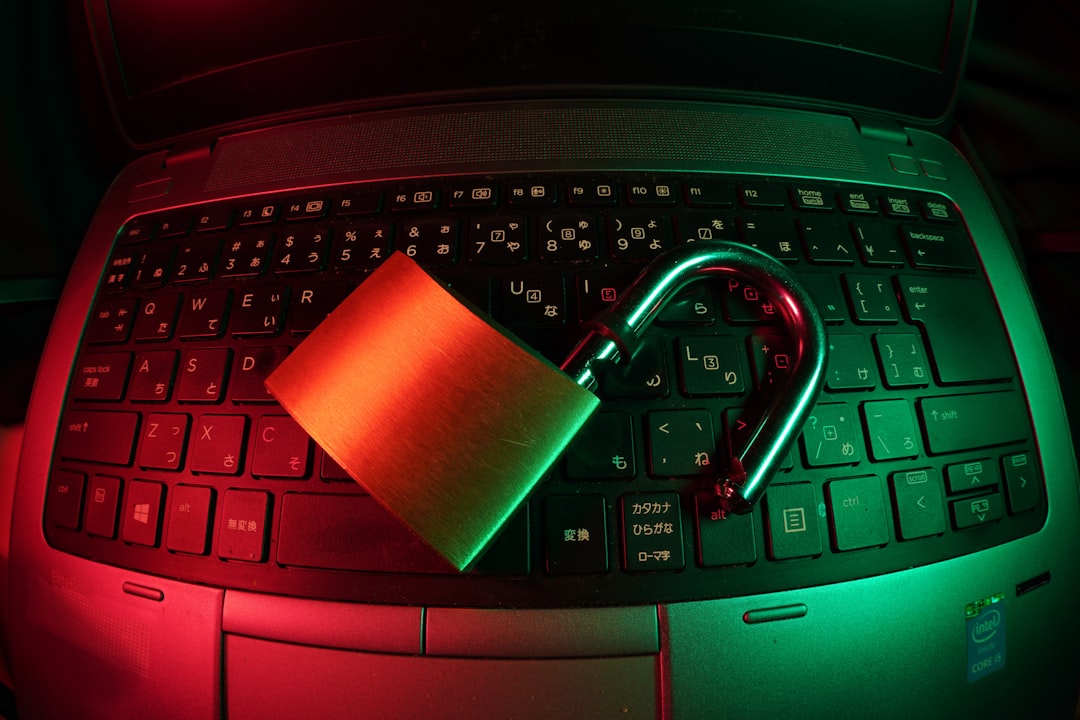In today’s digital landscape, cyber threats are growing in complexity, frequency, and impact. As our reliance on online systems for communication, banking, healthcare, and business continues to deepen, protecting user accounts and sensitive data against unauthorized access has become an urgent priority. One of the most effective strategies in this ongoing security battle is implementing multi-factor authentication (MFA). When applied correctly, MFA can significantly reduce the risk of data breaches and account compromises.
This article delves into the best practices of multi-factor authentication, offering guidance for organizations and individuals looking to strengthen their security postures. By understanding and applying these practices, you can add robust layers of defense to your digital environment.
What is Multi-Factor Authentication?
Multi-factor authentication is a security mechanism that requires users to present two or more verification factors to gain access to a system, application, or account. These factors fall into three general categories:
- Something you know – e.g., passwords, PINs
- Something you have – e.g., security tokens, smartphones
- Something you are – e.g., fingerprints, facial recognition
The rationale is simple: even if one factor is compromised, the attacker still needs to bypass the remaining layers, making unauthorized access significantly more difficult.
Why MFA is Essential
Brute-force attacks, phishing schemes, and credential stuffing have become commonplace. Passwords alone are no longer sufficient to defend against skilled adversaries. Research consistently shows that weak or stolen passwords are involved in a majority of data breaches. Therefore, integrating MFA substantially improves account security by ensuring that a compromised password does not grant attackers immediate access.
In fact, according to a report by Microsoft, enabling MFA blocks over 99.9% of automated attacks. But to reap these benefits, MFA implementation must be done thoughtfully and strategically.
MFA Best Practices
Below are the most effective multi-factor authentication best practices for maintaining a secure and user-friendly environment:
1. Choose the Right MFA Methods
Not all authentication methods offer the same level of security. For instance, SMS-based one-time passwords (OTPs) are better than a password alone, but they can be intercepted through SIM swapping and other vulnerabilities. Prefer more secure alternatives such as:
- Time-based one-time passwords (TOTP) via authenticator apps like Google Authenticator or Authy
- Hardware security keys (e.g., YubiKey) that use FIDO2/WebAuthn protocols
- Biometric authentication such as fingerprint or face recognition

2. Encourage or Enforce MFA for All Users
Where possible, enforce MFA for all user accounts—especially for administrators, privileged users, and anyone with access to sensitive systems. Many organizations begin with enabling MFA only for high-risk roles, but best practice dictates that MFA should apply universally to minimize risk exposure.
Adoption can be promoted through user education. Highlight the benefits of MFA and provide guidance on how to set it up. Ideally, MFA should be mandatory rather than optional wherever feasible.
3. Avoid Overreliance on SMS-Based OTPs
As previously mentioned, SMS OTPs can be exploited through SIM swapping, malware, or phishing. Though better than no MFA, SMS-based authentication has become the weakest link among MFA methods. If SMS must be used, it should be paired with additional safeguards, such as user behavior monitoring or device fingerprinting.
4. Provide a Clear Backup and Recovery Option
One commonly overlooked element is the user recovery experience when MFA devices are lost, broken, or inaccessible. Prevent lockouts by offering secure recovery flows such as:
- Backup OTP codes stored securely offline
- Secondary authentication devices
- Administrator-assisted recovery channels (with stringent identity verification)
However, be cautious: lax recovery processes can turn into attack vectors. Always strike a balance between usability and security.
5. Implement Adaptive or Risk-Based Authentication
Adaptive authentication uses contextual data such as user location, device fingerprint, and login time to assess risk. If an action is deemed suspicious—say, a login from a new country at 3 AM—additional MFA steps can be triggered, or access can be temporarily blocked.
This intelligent approach minimizes user disruption while maintaining a high level of security where it is most needed.

6. Continually Educate Users
Technology alone cannot provide complete protection. Users must understand the reasons behind MFA and how to recognize attack vectors such as phishing emails or spoofed login pages. Offer regular training sessions and incorporate simulated phishing attacks into your security program.
Education should be an ongoing effort and part of a broader security awareness strategy.
7. Regularly Audit and Test MFA
MFA configurations must not be set in stone. Conduct regular security audits to ensure your implementation is up to date and effective. Penetration testing can reveal weaknesses and help improve resilience.
Key audit questions include:
- Are the authentication methods still considered secure?
- Are users applying MFA consistently across their accounts and devices?
- Are backup and recovery flows functioning as intended?
8. Integrate MFA Across All Access Points
It’s not sufficient to implement MFA for only account logins. Businesses should apply MFA consistently across all potential entry points, such as:
- VPN and remote access portals
- Administrative dashboards and control planes
- SaaS platforms and third-party integrations
Consistency in enforcement is vital for minimizing weak spots in your organization’s digital infrastructure.
Common Pitfalls to Avoid
While deploying MFA, beware of these common mistakes that can undermine your security and user experience:
- Allowing opt-outs for high-privilege users
- Failing to monitor or update MFA systems
- Relying exclusively on outdated MFA methods like SMS
- Neglecting to provide clear user support or recovery processes
Overlooking these issues can result in user frustration at best—or full security breaches at worst.
Conclusion
In the ever-evolving cybersecurity landscape, organizations must adopt a defense-in-depth strategy to protect their digital assets. Multi-factor authentication is not a silver bullet, but when implemented thoughtfully and used in concert with other security measures, it is a powerful tool for limiting unauthorized access.
By following the MFA best practices outlined above—choosing secure authentication methods, applying MFA universally, planning for account recovery, and keeping your systems audited and updated—you can significantly reduce your attack surface and improve trust with staff, customers, and partners alike.

Investing in secure, user-friendly, and future-proof MFA solutions is not just a technical decision—it’s a strategic imperative.